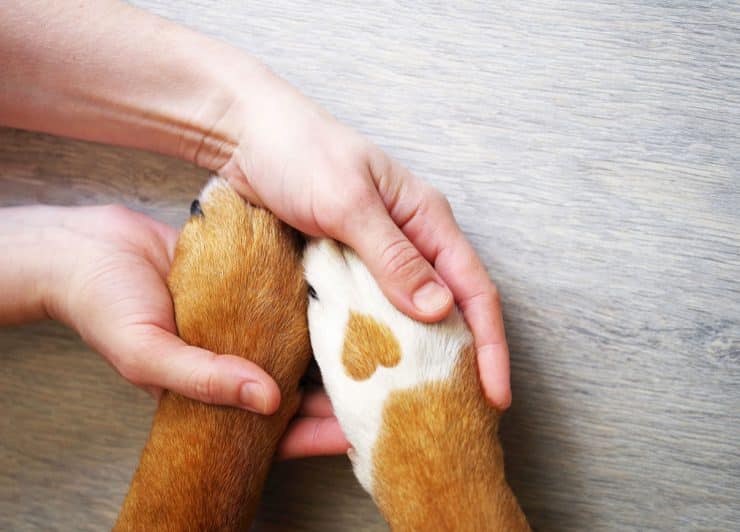As friends and family have added furry friends to their households through the pandemic, I found myself giving them a single piece of advice: Look into pet insurance. Why do I advocate this? Because I didn’t do it when I got Teddy, my beloved cockapoo, 15 years ago. And even though none of his maladies have been life threatening (whew!) between seizures, allergies and most recently a hip displacement, we’ve spent thousands (if not tens of thousands) on vet bills that we likely could have avoided with insurance.
Look, pet insurance isn’t for everyone as evidenced by the fact that fewer than 2% of pets are covered according to Healthy Paws Pet Insurance which provides policies for both dogs and cats. But it is growing in popularity. According to the Insurance Information Institute, the total number of insured pets at the end of 2018 was nearly 2.5 million (90% dogs) up by over 17% from the year before. It’s also a fast growing employee benefit. So how do you know if it’s for you?
Understand how it works: When humans go to the doctor, we often pay a copay and our insurance company steps in to cover the rest. When pets go to the vet, owners typically front the money then submit bills to insurers for reimbursement (there are a few exceptions to this). Most policies cover accidents and illness. Pre-existing conditions and preventative care are almost always excluded and the plan you purchase determines how much of the bill you cover, what services will be reimbursed, and which will not. Some plans pay a flat fee of each service once your deductible is met, others pay based on their scale of what that service should cost. As with human coverage, you typically have both a deductible that you have to cover before insurance steps in and a yearly out-of-pocket cap.
Separate the myths from the facts: Many people believe that you can only use your coverage at certain vets – that’s not true, the choice of vet, emergency room or animal hospital is yours. Additionally, there’s often a feeling that young pets, puppies and kittens, don’t see doctors as frequently. That’s not true either. According to Healthy Paws research, the young’uns have more “unexpected” doctors’ visits. And although pet insurers won’t drop you from their rosters as your pet ages, you should expect that premiums may go up.
Figure out if it’s in the budget: The average premium for accident and illness coverage in 2019 was $586 for dogs and $350 for cats according to the North American Pet Health Insurance Association. Compare that to the cost of a routine visit, $212 for dogs and $160 for cats. One or two ear infections or other issues a year and you come fairly close to breaking even. And, if your pet happens to develop a chronic condition or have an accident policies can pay for themselves many times over.
Pet owner, know thyself: Finally, you need to know to what lengths you would go to save your pet (in other words, how much would you spend) if they had a serious health issue. If you believe you’re the sort of person who would go into debt, sabotaging your own financial health, and pet insurance is in the budget, it’s a good idea.






